Biotechnology of Vitamins, Pigments and Growth Factors
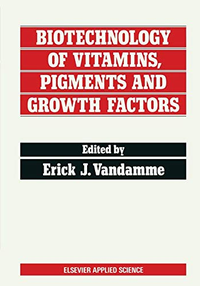
Summary
Vitamins and related growth factors belong to the few chemicals with a positive appeal to most people; the name evokes health, vitality, fitness, strength . . . . each one of us indeed needs his daily intake of vitamins, which should normally be provided via a balanced and varied diet. However, current food habits or preferences, or food processing and preservation methods do not always assure a sufficient natural daily vitamin supply, even for a healthy human being; this is all the more true for stressed or sick individuals. Although modern society is seldom confronted with the notorious avitaminoses of the past, they do still occur frequently in overpopulated and poverty- and famine-struck regions in many parts of the world. Apart from their in-vivo nutritional-physiological roles as growth factors for man, animals, plants and micro-organisms, vitamin compounds are now being introduced increasingly as food/feed additives, as medical-therapeutical agents, as health-aids, and also as technical aids. Indeed, today an impressive number of processed foods, feeds, cosmetics, pharmaceuticals and chemicals contain extra added vitamins or vitamin-related compounds, and single or multivitamin preparations are commonly taken or prescribed. These reflections do indicate that there is an extra need for vitamin supply, other than that provided from plant and animal food resources. Most added vitamins are indeed now prepared chemically and/or biotechnologically via fermentation/bioconversion processes. Similarly, other related growth factors, provitamins, vitamin-like com pounds, i. e.
Similar Books
-
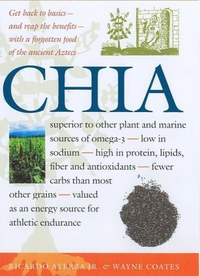 Chia: Rediscovering a Forgotten Crop of the Aztecs
Chia: Rediscovering a Forgotten Crop of the Aztecsby Ricardo Ayerza
-
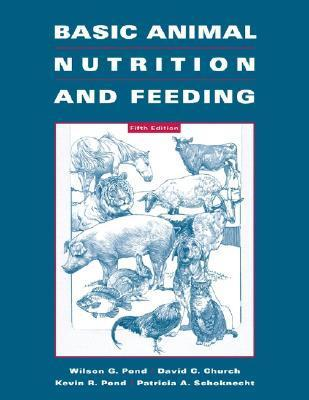 Basic Animal Nutrition and Feeding
Basic Animal Nutrition and Feedingby Wilson G. Pond
-
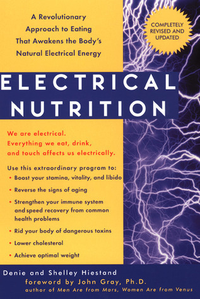
-
 Safe Sex in the Garden and Other Propositions for an Allergy-Free World
Safe Sex in the Garden and Other Propositions for an Allergy-Free Worldby Leo Thomas Ogren
-
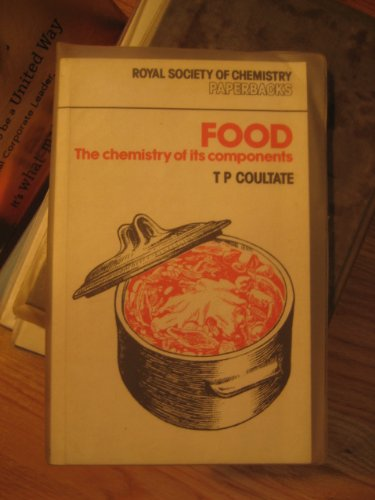 Food The Chemistry Of Its Components
Food The Chemistry Of Its Componentsby Tom P. Coultate
-
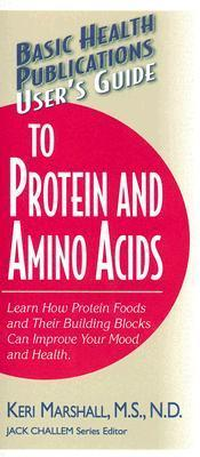 User's Guide to Protein and Amino Acids
User's Guide to Protein and Amino Acidsby Keri Marshall
-

-
 Food, Nutrition and Sports Performance Ii
Food, Nutrition and Sports Performance Iiby Ronald J. Maughan
-

-
 Food Allergens
Food Allergensby Steven Gendel
-
 Balance - The Universal Law: And Its Bio-Electro Vibrations
Balance - The Universal Law: And Its Bio-Electro Vibrationsby Dr Kurt E Schulz
-
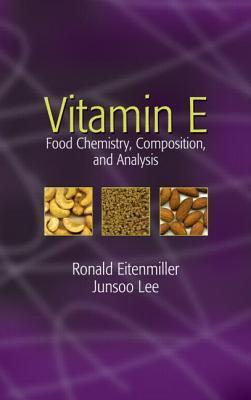 Vitamin E: Food Chemistry, Composition, and Analysis
Vitamin E: Food Chemistry, Composition, and Analysisby Ronald R. Eitenmiller
-
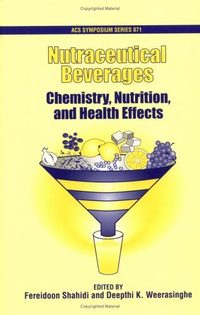 Nutraceutical Beverages: Chemistry, Nutrition, and Health Effects
Nutraceutical Beverages: Chemistry, Nutrition, and Health Effectsby Fereidoon Shahidi
-
 Anoint Yourself with Oil for Radiant Health
Anoint Yourself with Oil for Radiant Healthby David Richard
-
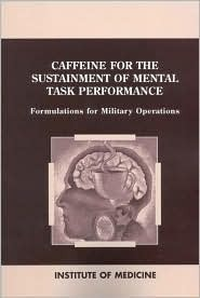 Caffeine for the Sustainment of Mental Task Performance: Formulations for Military Operations
Caffeine for the Sustainment of Mental Task Performance: Formulations for Military Operationsby National Research Council
-
 Nutritional Biochemistry
Nutritional Biochemistryby S. Ramakrishnan
-
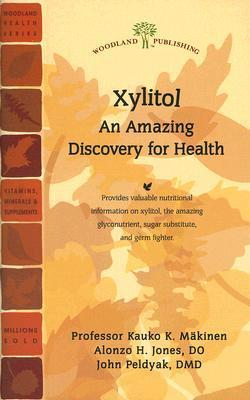 Xylitol: An Amazing Discovery for Health (Woodland Health Series)
Xylitol: An Amazing Discovery for Health (Woodland Health Series)by Professor Kauko K. Makinen
-
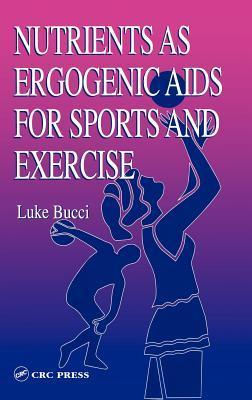 Nutrients as Ergogenic Aids for Sports and Exercise
Nutrients as Ergogenic Aids for Sports and Exerciseby Luke R. Bucci
-

-

-
 Acidophilus and Colon Health: A Self-Help Manual
Acidophilus and Colon Health: A Self-Help Manualby David Webster
-
 Functional Foods: Concept to Product
Functional Foods: Concept to Productby Glenn R. Gibson
-

-
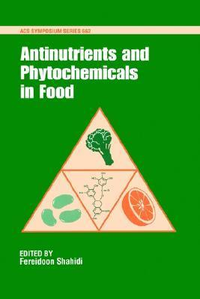 Antinutrients and Phytochemicals in Foods
Antinutrients and Phytochemicals in Foodsby Fereidoon Shahidi
-
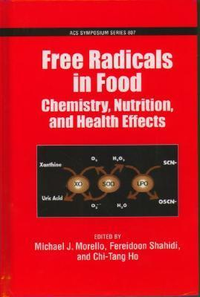 Free Radicals in Food: Chemistry, Nutrition and Health Effects
Free Radicals in Food: Chemistry, Nutrition and Health Effectsby Michael Morello
-
 Nutraceutical and Specialty Lipids and their Co-Products
Nutraceutical and Specialty Lipids and their Co-Productsby Fereidoon Shahidi
-
 Growing Bone
Growing Boneby James F. Whitfield
-
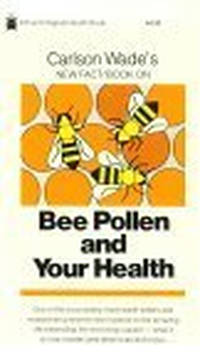 Carlson Wade's New Fact/Book on Bee Pollen and Your Health
Carlson Wade's New Fact/Book on Bee Pollen and Your Healthby Carlson Wade
-
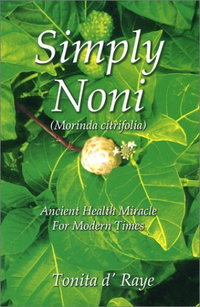
-
 Food Science And Technology Bulletin: Functional Foods
Food Science And Technology Bulletin: Functional Foodsby Glenn, R Gibson
-
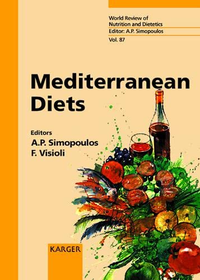 Mediterranean Diets
Mediterranean Dietsby Artemis P. Simopoulos
-
 Human Body Systems: Maintaining the Body's Functions
Human Body Systems: Maintaining the Body's Functionsby Sharon Katz Cooper
-
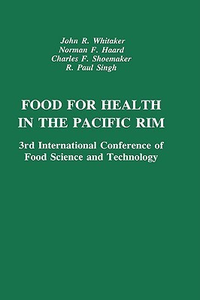 Food for Health in the Pacific Rim
Food for Health in the Pacific Rimby John R. Whitaker
-
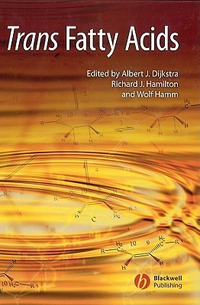 Trans Fatty Acids
Trans Fatty Acidsby Albert J. Dijkstra
-
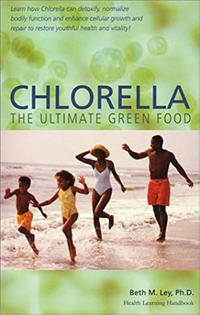
-
 Tropical foods: Chemistry and nutrition
Tropical foods: Chemistry and nutritionby George E. Inglett
-
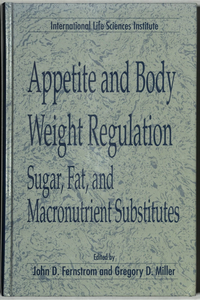 Appetite and Body Weight RegulationSugar, Fat, and Macronutrient Substitutes
Appetite and Body Weight RegulationSugar, Fat, and Macronutrient Substitutesby John D. Fernstrom